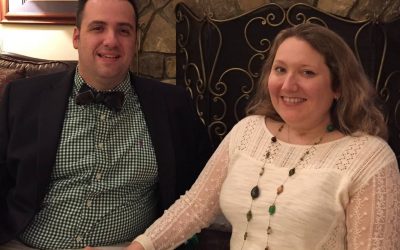Autosomal recessive demyelinating CMT4 patients present with earlyonset and slowly progressing symptoms. These include progressive distally accentuated weakness and atrophy of muscles in the lower limbs. In addition, patients may have weakness and atrophy of hands, sensory loss and pes cavus (high-arched feet), and walking difficulties. Further information on CMT4 can be found at Orphanet.
Many genes and their mutations are associated with CMT4 including GDAP1, MTMR2, SBF2, SH3TC2, NDRG1, EGR2, PRX, FGD4 and FIG4. These have different roles, for example GDAP1; the most frequent genetic cause of CMT4 is a protein on the outer mitochondrial membrane and regulates the mitochondrial network. MTMR2 encodes a protein that may have a role in neural membrane recycling and membrane trafficking. A more recently identified gene mutation in SURF1 encodes cytochrome c oxidase, a protein anchored to the mitochondrial inner membrane. Some of these genes like MTMR2 and FIG4 interact to control the phospholipid substrate PtdIns (3,5)P2 in neurons and Schwann cells to control phospholipid metabolism. Clearly understanding the complexity of mutations in one or more of these genes and predicting the types of symptoms observed is difficult as these genes regulate proteins with a multitude of functions. There are still gaps in understanding this disease. To date there is also no treatment for CMT4. The prevalence is also unknown. We would like to evaluate potential early stage therapeutic treatments for CMT4 and you can help! Please register if you have CMT4 at GRIN and this may give us an estimate of prevalence and you can find out more.






MY 2 KIDS AGED 23 AND 21 HAVE TYPE 4C.
ANY PROGRESS ON A CURE OR TREATMENT?
Please make sure to join the Global Registry for Inherited Neuropathies (GRIN)
Link: https://www.hnf-cure.org/registry/
Also 4C here, anyone have facial paresis, leads to dry eyes, itching and hearing loss? It’s quite common with 4C and it sucks.
Hi
My 35-year-old husband was diagnosed with CMT type 4j last year.
Would be great to get in touch with others with CMT 4j
Hi I am 37 and I have cmt 4c, I also have scoliosis of the spine too. Diagnosed with cmt after I had my operations on my spine when I was 11 years old.
I am 54 and have CMT 4C
I have the Gado 1 gene 4a